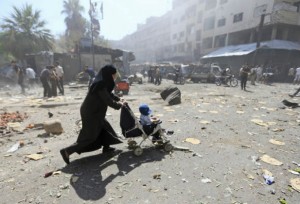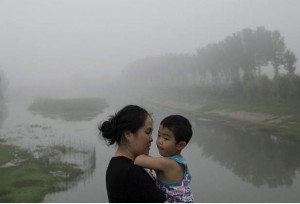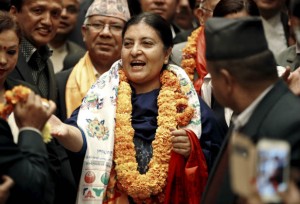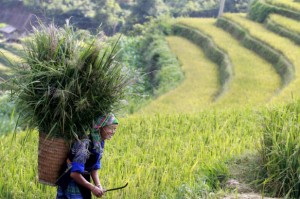Women Around the World: Year in Review

More on:
Welcome to a special edition of “Women Around the World: This Week,” a series that highlights noteworthy news related to women and U.S. foreign policy. This week’s post, highlighting 2015’s most significant stories about the status of women and girls, was compiled by Anne Connell and Becky Allen.
- A year of re-commitment to landmark women’s rights frameworks: The year marked the twentieth anniversary of the historic Beijing Fourth World Conference on Women, when 30,000 activists and officials from across the globe convened to adopt a historic Declaration and Platform for Action focused on achieving full participation for women and girls everywhere. This year also marked the fifteenth anniversary of the passage of UNSCR 1325 on women, peace, and security, with a high-level review of global progress towards the resolution’s goals and the passage of UNSCR 2242, which aims to improve implementation. Experts are optimistic that the energy generated in this anniversary year will carry over into 2016 and beyond.

- Syrian refugee crisis: As of December 2015, over 4.4 million Syrian refugees registered with the United Nations High Commissioner for Refugees, 75% of whom are women and children. The majority of refugees fleeing the Syrian conflict have streamed into Jordan, Lebanon, and Turkey, where women and girls are uniquely affected by overcrowded shelters, food insecurity, sexual violence, and lack of access to health and educational services.

- China’s new two-child policy: In October, the Chinese Communist Party announced the end of its one-child policy with a new rule permitting all married couples to have up to two children. The effect of this policy shift on China’s skewed sex ratio remains to be seen, but the change represents one important step away from China’s decades-long experiment with repressive family planning policy.
- Women and ISIS: This year saw numerous reports of systematic slavery, forced marriage, and sexual violence against women and girls, particularly those from the Yazidi religious minority, at the hands of the Islamic State. The extremist group has also actively recruited women from around the world—often through sophisticated digital campaigns—to join its ranks.
- Milestone elections for Saudi women: The December 12 elections marked the first time in Saudi history that women voted and ran for office. Women candidates overcame sizeable obstacles to make small but significant gains in representation: of the 6,800 candidates competing for 2,106 seats, 979 were women, and 20 women won seats.

- “Because it’s 2015”: This year heralded significant advances for women in national governments around the world: Canada appointed a gender-equal cabinet, Nepal elected its first female president, and Aung San Suu Kyi’s National League for Democracy party won a landslide victory in the Myanmar elections.
- Tunisian national dialogue quartet: The 2015 Nobel Peace Prize was awarded to a coalition of Tunisian unionists, lawyers, and activists, including Wided Bouchamaoui, the first female president of the national employers’ association. The quartet brought the definition of freedom, women’s rights, and the role of civil society to the forefront of the 2011 constitutional drafting process, thereby setting a regional example for open dialogue and responsive governance.

- Sustainable Development Agenda: The new global development agenda puts women and girls at the center of goals to address the root causes of poverty, climate change, and health, social, and educational inequalities. Adopted unanimously by the 193 UN member states in September, the global Goals represent a landmark achievement to advance women’s rights through development, addressing several critical issues—such as child marriage, violence against women, and equality in property ownership, inheritance, financial services, and natural resources—that were previously overlooked.

- U.S. repeal of combat ban for women: In early December, Defense Secretary Ashton B. Carter announced that the U.S. military would lift its ban on women in combat roles. This opens up thousands of positions to women—many of whom have already played critical roles as combat pilots and field artillery officers, and in intelligence gathering and cultural support for elite ground units.
- Tackling femicide in Latin America: Brazil and Colombia joined 15 other countries in the region in passing national femicide laws in March and June, respectively. While this represents a step forward in the region’s effort to combat violence against women, challenges remain in addressing an underlying culture of “machismo” as well as compelling prosecutors, police, and forensics investigators to enforce the new laws.
More on:
 Online Store
Online Store